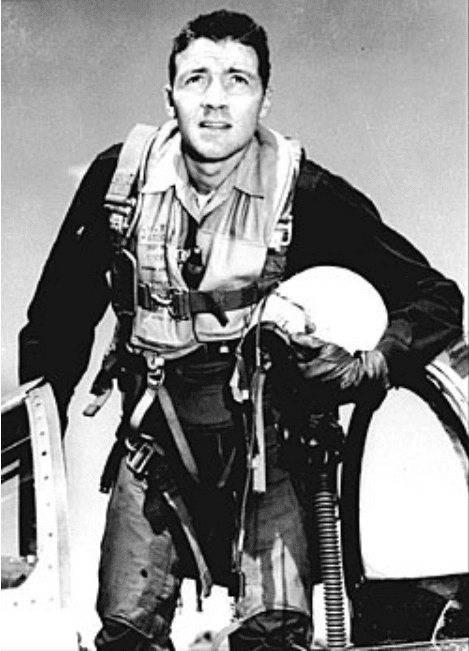
As I’m sure everyone understands all too well by now, life has a way of throwing monkeywrenches into the system. If there’s anything that’s been consistent about 2020, it’s that every month seemingly has a new surprise to spring upon humanity.
Instead of traveling over smooth ground, we are on precipitous terrain. Any kind of long term forecast is currently impossible.
When chaos is the order of the day, you must be able to make and act on snap judgements without overcommitting on your previous decision. How do you do that?
The Air Force gives us a prime example.
During the Korean War, John Boyd, then a lieutenant with the newly-minted US Air Force, noticed that American F-86 fighters overwhelming outperformed their North Korean counterparts, the MiG-15, despite the fact that the MiG was the technologically superior fighter at the time. When trying to establish how American fighters could maintain that superiority, Boyd came up with a decision-making system known as the OODA loop:

Observe: Observe the environment and take into account new information. This requires good situational awareness.
Orient: This is the most important part. Here, you re-align your mental model to fit the new situation. This includes being willing to throw away old models that no longer fit.
Decide: Come up with a “good enough” plan.
Act: Execute the plan. As results unfold, you assess where the plan went well, where it went badly, and what you will do next time.
The key to success is cycling through the OODA loop as quickly as possible. In the Korean air campaign, American fighters had far superior visibility, which gave them better situational awareness and allowed them to make decisions faster.
The OODA Loop is so well known that it has been exported to business. The most famous business analogy is the PDCA cycle, first developed by Toyota, which shifts the beginning of the OODA loop:
Plan (Decide)
Do (Act)
Check (Observe)
Assess (Orient)

This variation of the PDCA has been adopted by many coding teams as part of the Agile coding methodology. In Agile, most teams operate in short planning cycles of two or three weeks, known as sprints. A sprint consists of four distinct phases:
Sprint Planning (Plan): A day or half-day dedicated to determining which mini-projects (known as user stories) will be accomplished during that sprint. Work tasks are created, given an estimated hourly cost, and assigned to individual team members.
Sprint Development (Do): Doing the actual work. During the day there’s a short meeting known as a stand-up, when everyone shares what they did yesterday, what they plan to do today, and any obstacles preventing them from getting work done. Each day is its own mini-OODA loop.
Sprint Review (Check): A demonstration on the last day of the sprint, where team members show what they have accomplished to everyone. This includes people outside the team who have a vested interest, up to and including the CEO.
Sprint Retrospective (Assess): An internal team meeting where the team reflects on what went well, what didn’t go well, and what they could do improve in the next sprint.
In your own personal life, you don’t need to a formal process to implement the OODA loop in your personal decisions. But if you follow the pattern and do it quickly enough, you will not only survive but in fact thrive in this upside down year.